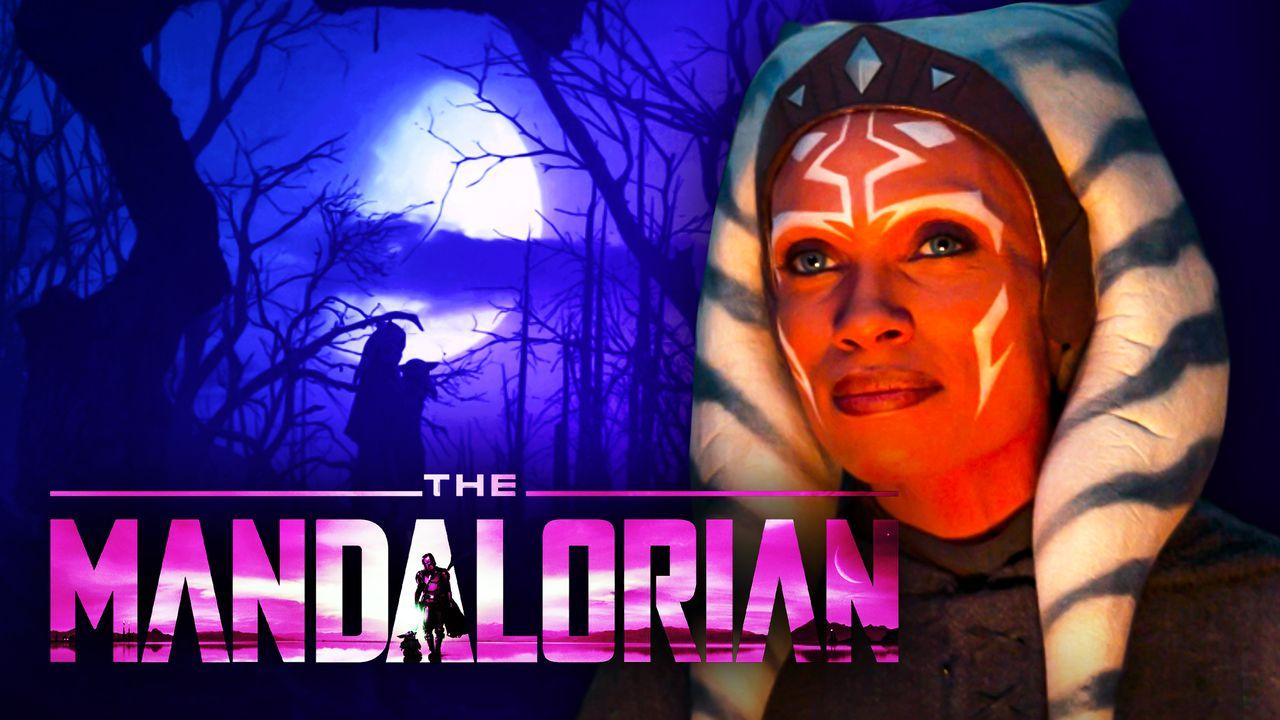
The Mandalorian has been an unmatched success in more ways than one.
While the popularity of the show is fully recognized by fans, casual viewers, and various award organizations , the technological advancements made that allowed the series to come to life are still somewhat overlooked. Even on a hefty Disney budget, The Mandalorian needed to find a way to create countless unique environments on the Star Wars live-action scale that had never been done before, and the solution that presented itself is what's now known as The Volume.
Using video game engines and massive LED screens, ILM managed to create the locations of The Mandalorian on the spot during production, with additional touch-ups of course coming in post-production. The Volume was a unique feat for the first season of the series, but as the story expanded in Season 2, as did the locations, and sets needed to grow significantly. Fortunately, the creative minds behind Star Wars are always willing to discuss their work, and an ILM executive has given new insight into how the location for one the show's most popular episodes was created...
BEHIND THE MAGIC
In an interview with fxguide , The Mandalorian Production Visual Effects Supervisor Richard Bluff opened up about the leaps taken to bringing "Chapter 13 - The Jedi" - and, in extension, Rosario Dawson's Ahsoka - to life:
"For key scenes, such as in episode 5 of season 2, the production extended a practical set out of the volume into the sound stage beyond it... Unlike season one, the physical sets for this long continuous walk were built starting outside the volume. The set design was done so as to hide as much of the back (technical) side of the LED walls as possible, but the motion capture volume was extended into the normally technical areas of the stage so that the camera could be tracked moving continuously from outside the LED walls into the middle of the volume."
Below is an image from the set of "Chapter 13" depicting forest blended with The Volume:

A blueprint of the set design and surrounding stage were also shared:

When it came to the duel between Rosario Dawson's Ahsoka and magistrate Morgan Elsbeth, there were concerns regarding the impact the screens would have on the water in the courtyard:
"We had a pool with small ripples on the water, and you could walk into the stage and be 50 feet away from walking into the volume, and you could see with your naked eye the moire patterns. It was clear to your eye that the effect was being magnified by the ripples on the water. And instantly you thought that this is never going to work."
As it turns out, shooting scenes with water was deliberately avoided in Season 1 for this very reason:
“It can be so strange, and that was one of the reasons why in season one, we decided that it was too risky to shoot a scene with water in the volume, but we could be more flexible in Season 2.”
Bluff said that Dave Filoni wanted the duel to be reflected in the water, and ILM worked their magic to make it work:
"Dave had written it into his episode, and we found that if there is ever a condition within the physical (LED) space that can bring the lighting and wrap it further around the actors, it cements them in that world. [It] was just one of those sets that really made the technology sing."
THE VOLUME IS THE FUTURE
It was difficult to tell how dramatically things with The Volume had changed between The Mandalorian's first two seasons until the Disney Gallery documentary was released on Christmas day. By all accounts, the size of the screen used appears to have more than doubled the scale of the sets for the series' inaugural run.
Just how much of the sets in the show are real vs practical has always been a matter of debate. Certain things, such as the interiors of ships like the Razor Crest and Moff Gideon's cruiser, were built as full and partial sets, while outdoor locations obviously came with the liberty of doing more digitally. In Season 2, for at least "Chapter 13," the practical and digital were blended seamlessly to make for a far more immersive set than the show had featured before.
The blueprint depicting the set is impressive, especially given how expansive The Volume was for the surrounding landscape. "The Jedi" is a much more personal episode than many in the series, and as such was certainly worth the extra pennies spent on crafting the immersive forest for the scenes involving Dawson's Ahsoka and Pedro Pascal's Mando to transpire.
With the reflective nature of water, the LED screens were sure to be a nightmare when shooting the courtyard pond. As Bluff himself said, it was for this very reason that no such sequences were shot in the series' first season. But the climate added a layer to Ahsoka's duel with the magistrate and the reflecting pond made for something unique and memorable, proving that all the tricks ILM pulled out of the hat were worth the effort.
The Mandalorian and its tie-in stories will only be getting better from here on out, and the same can be expected for the scope and scales of the productions. The Volume is already proving to be a new way forward for the film industry, and it will be fascinating to see what ILM has up its sleeves as The Book of Boba Fett and, shortly after, The Mandalorian Season 3 make their way into the world.












